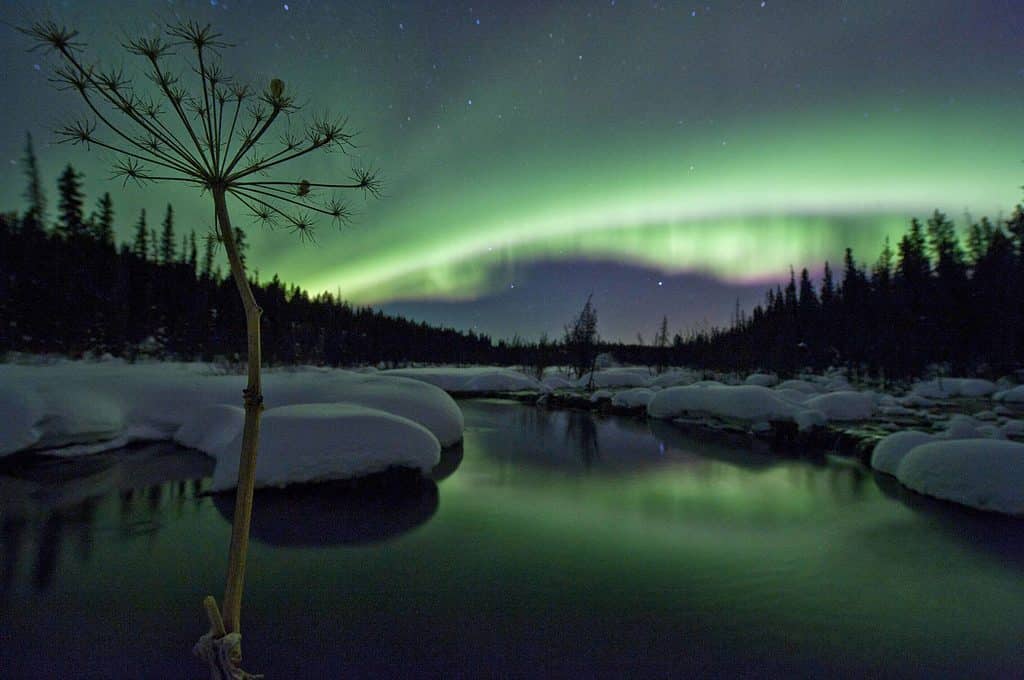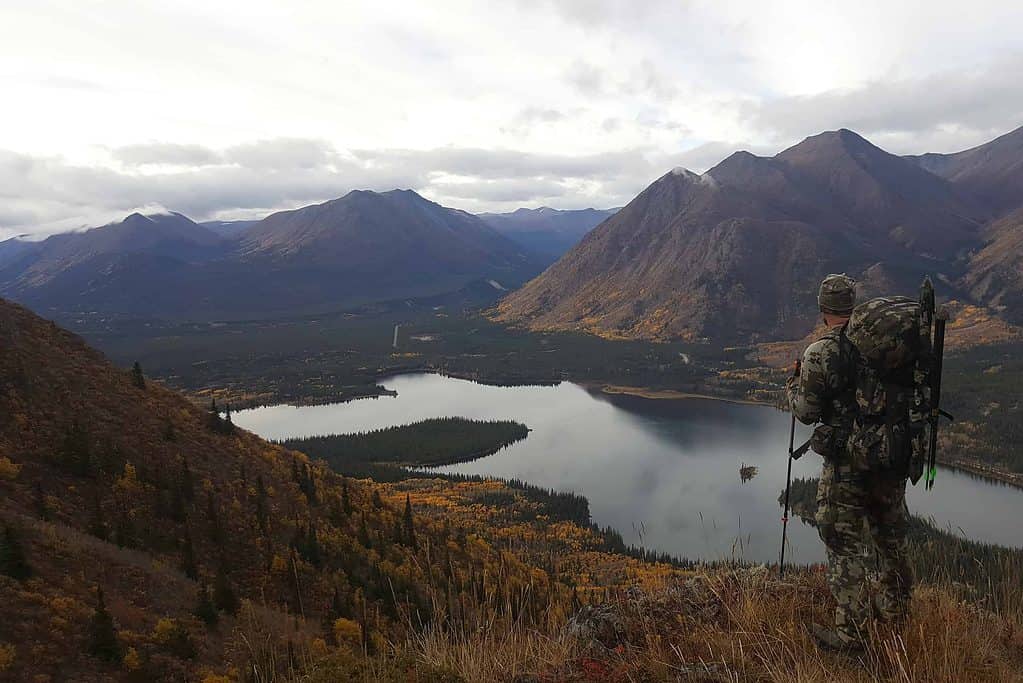The Haeckel Hill wind turbines have been a Yukon landmark for 29 years and have led the way in renewable energy when wind power was in its infancy. The most-recent Haeckel Hill wind turbine was installed at the turn of the millennium, one year before the iPod, and seven years before Facebook. If you are reading this article on your smartphone, it’s plain to see the advances in technology in our daily lives, yet many of us aren’t aware of the similar leaps in wind-power technology in that time. It’s these technological leaps that have contributed to the growth of wind-power generation in Canada, from 114 MW (in 2000) to 14,304 MW (in 2021). So it’s time to modernize our perspective on an exciting form of renewable energy.
For one, wind turbines produce a lot more power than they did 20 years ago. Today, the average turbine produces 2200 kW of electricity versus the 660 kW produced at Haeckel Hill. Elsewhere in Canada, turbines as large as 5000 kW are being installed right now. These new turbines are much larger, taller and more sophisticated, which means that new wind-power developments can disturb less land, to produce more electricity.
But hey, it’s too cold here … those turbines iced up all winter!
Its true, one of the major issues during the Haeckel Hill operation was icing on the blades. Even light icing on the sophisticated blades can massively reduce their power generation and lead to reliability issues. Thankfully, this issue has been addressed in a number of ways through new composite materials that are less prone to icing, new surface coatings that repel moisture and through direct heating of the blades. One manufacturer (Enercon) has heated blades on over 700 turbines in Canada. We can be sure that any turbines installed here will employ technologies to keep them producing all winter long.
Well then … wind power is just too expensive to be viable.
For one, wind power is now one of the cheapest forms of power generation, with costs declining by 39% in the last decade (International Renewable Energy Agency, Renewable Power Generation Costs 2019). Even better, the costs are only projected to decrease more, over the coming years. Today, wind power has been shown to be cheaper than operating fossil-fuel-based power generation (using life-cycle analysis). Our current diesel generators are subject to changing fuel prices (relevant these days) and rely on shipping fuel a vast distance to get here. As a result, the costs of continuing to operate our diesel generators are that much more pronounced.
I love birds and I don’t want to see them killed by the turbines.
It’s true that wind turbines contribute to the death of birds and can disturb wildlife, but rarely are these impacts cited within the context of other sources of bird mortality. House cats, windows and power lines are consistently shown to kill far more birds than wind turbines. Additionally, various sources of research have shown that oil, gas and coal industries account for far more bird deaths than wind power. This doesn’t mean that this concern is irrelevant; in fact, it means that evaluating wind-turbine location is a key part of using this technology sustainably.
On March 3, the Premier presented the new territorial budget, which included spending on the Our Clean Future plan that earmarked $2.5 million for renewable energy projects. Although solar power is flourishing in the territory, the lack of winter power generation with solar in the Yukon, when our demand is highest, means that other forms of renewable energy will be needed to turn off our diesel generators. Wind power has the potential to fill some of these gaps, with its power generation not linked with seasonality. With various wind-power projects proposed for the territory, including upgrades to Haeckel Hill, it’s doubtless that we will see more blades on the horizon soon.




